In short: How to hash a free polyomino?
This could be generalized into: How to efficiently hash an arbitrary collection of 2D integer coordinates, where a set contains unique pairs of non-negative integers, and a set is considered unique if and only if no translation, rotation, or flip can map it identically to another set?
For impatient readers, please note I'm fully aware of a brute force approach. I'm looking for a better way -- or a very convincing proof that no other way can exist.
I'm working on some different algorithms to generate random polyominos. I want to test their output to determine how random they are -- i.e. are certain instances of a given order generated more frequently than others. Visually, it is very easy to identify different orientations of a free polyomino, for example the following Wikipedia illustration shows all 8 orientations of the "F" pentomino (Source):

How would one put a number on this polyomino - that is, hash a free polyomino? I don't want to depend on a prepolulated list of "named" polyominos. Broadly agreed-upon names only exists for orders 4 and 5, anyway.
This is not necessarily equavalent to enumerating all free (or one-sided, or fixed) polyominos of a given order. I only want to count the number of times a given configuration appears. If a generating algorithm never produces a certain polyomino it will simply not be counted.
The basic logic of the counting is:
testcount = 10000 // Arbitrary
order = 6 // Create hexominos in this test
hashcounts = new hashtable
for i = 1 to testcount
poly = GenerateRandomPolyomino(order)
hash = PolyHash(poly)
if hashcounts.contains(hash) then
hashcounts[hash]++
else
hashcounts[hash] = 1
What I'm looking for is an efficient PolyHash algorithm. The input polyominos are simply defined as a set of coordinates. One orientation of the T tetronimo could be, for example:
[[1,0], [0,1], [1,1], [2,1]]:
|012
-+---
0| X
1|XXX
You can assume that that input polyomino will already be normalized to be aligned against the X and Y axes and have only positive coordinates. Formally, each set:
- Will have at least 1 coordinate where the x value is 0
- Will have at least 1 coordinate where the y value is 0
- Will not have any coordinates where x < 0 or y < 0
I'm really looking for novel algorithms that avoid the increasing number of integer operations required by a general brute force approach, described below.
Brute force
A brute force solution suggested here and here consists of hashing each set as an unsigned integer using each coordinate as a binary flag, and taking the minimum hash of all possible rotations (and in my case flips), where each rotation / flip must also be translated to the origin. This results in a total of 23 set operations for each input set to get the "free" hash:
- Rotate (6x)
- Flip (1x)
- Translate (7x)
- Hash (8x)
- Find minimum of computed hashes (1x)
Where the sequence of operations to obtain each hash is:
- Hash
- Rotate, Translate, Hash
- Rotate, Translate, Hash
- Rotate, Translate, Hash
- Flip, Translate, Hash
- Rotate, Translate, Hash
- Rotate, Translate, Hash
- Rotate, Translate, Hash






